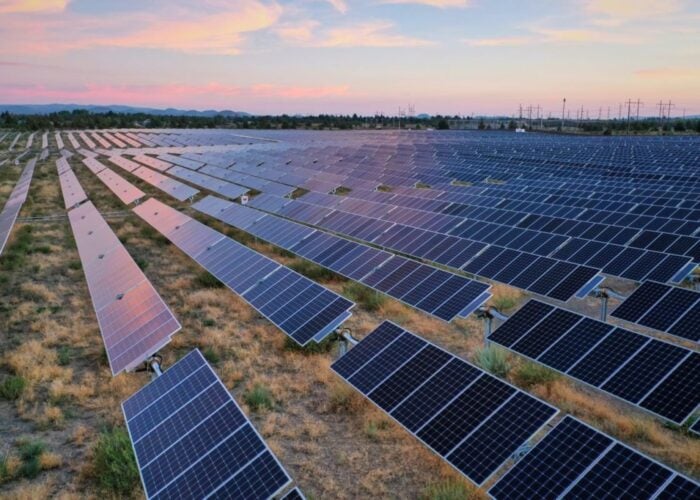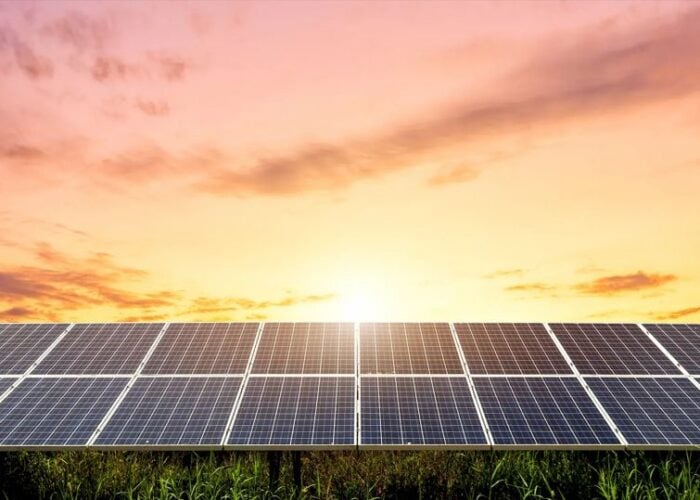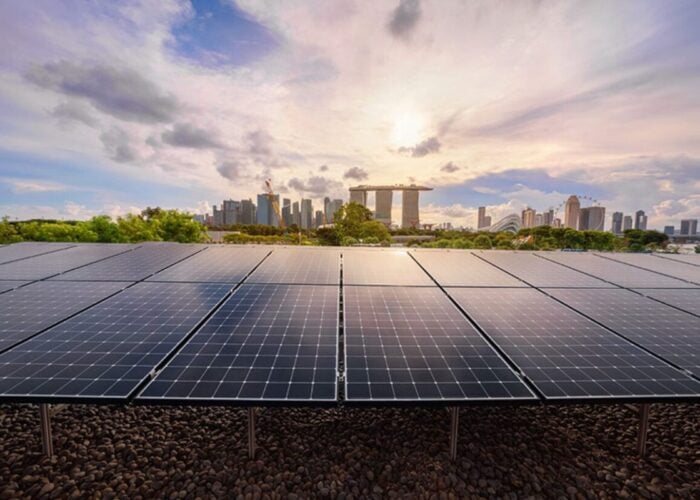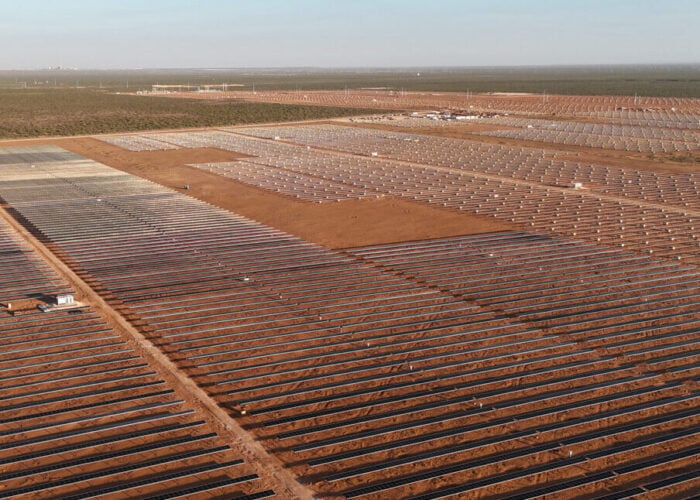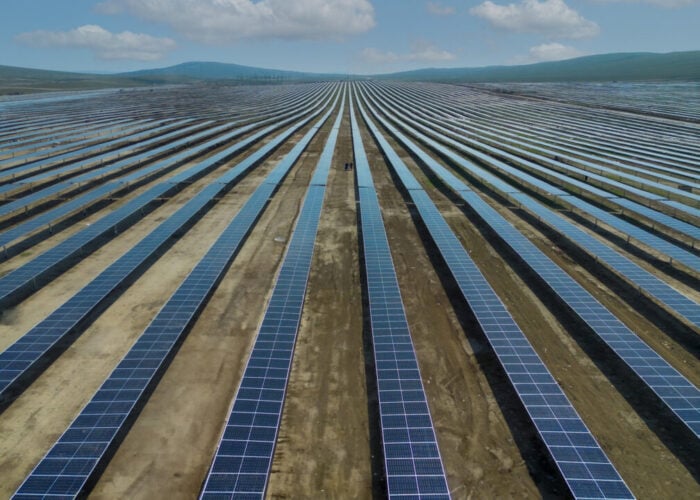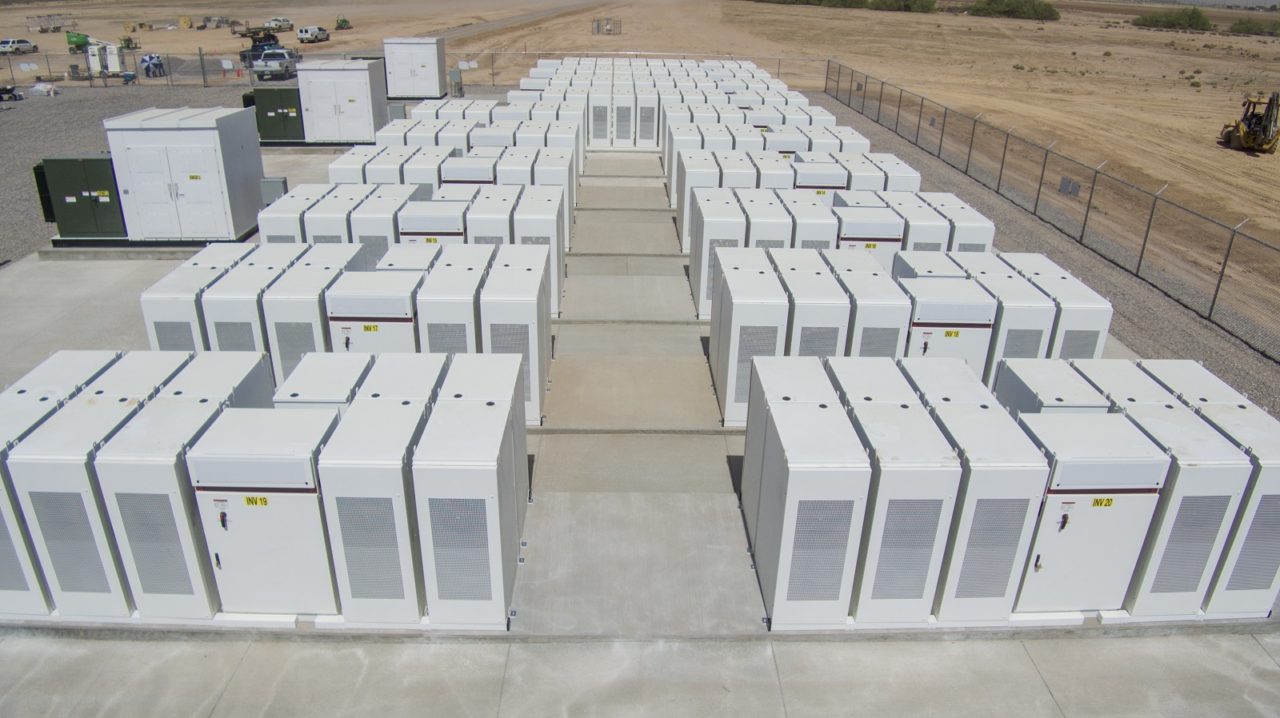
The US renewables industry must double down on efforts to overcome energy storage financing issues so the technology can help supplement the country’s solar PV ramp up.
That was one of the main takeaways from a panel discussion on Thursday at the Solar & Storage Finance USA event that also explored storage's potential for growth in 2021 with a new presidential administration in place.
Try Premium for just $1
- Full premium access for the first month at only $1
- Converts to an annual rate after 30 days unless cancelled
- Cancel anytime during the trial period
Premium Benefits
- Expert industry analysis and interviews
- Digital access to PV Tech Power journal
- Exclusive event discounts
Or get the full Premium subscription right away
Or continue reading this article for free
“We can’t continue bringing solar in at the rate that we're bringing it in and not have storage. We have to figure storage out,” said Lacie Clark, CEO of Alchemy Renewable Energy, a portfolio company of Monarch Private Capital that owns and operates renewables facilities.
Clark said the firm is looking to enter markets where “storage makes sense” by retrofitting units, installing them alongside solar projects at the onset or offering standalone facilities. “We’re very interested in it, but it has to come down to whether or not we can make it work economically.”
Jason Kahan, principal at Basalt Infrastructure Partners, pointed to similarities between where the solar sector was ten years ago, with industry players now trying to figure out how storage can work for them. He expects “significant cost reductions” in terms of energy storage that are going to start materialising over the next couple of years.
For now, however, he sees both small- and large-scale solar developers preparing themselves for storage, with facilities being constructed that are designed to have storage retrofitted when it makes economic sense in the future. “That’s the best that people can do right now” as the sector waits for costs to decrease, he said.
Despite the current costs, policy progress in the form of the Federal Energy Regulatory Commission's Order 2222 – which was approved in September and aims to remove barriers to allow aggregations of distributed energy resources – has provided a boost for the battery storage industry. “There’s a lot of customer interest in it,” said Jon Powers, co-founder and president of CleanCapital, a New York-based renewables investor.
Asked whether commercial and industrial customers would be willing to pay a higher price for the benefit of adding storage, Powers said that bigger companies, such as owners of data centres, are interested, but “more traditional players are just starting to wrap their head around how to actually budget some of this stuff. And that is where some of our struggles are going to be at least for the next year or two until the market continues to grow.”
Looking towards 2021, the panellists were generally optimistic about the outlook for storage, with Powers calling on the industry to be ready to engage with the next presidential administration and provide solutions that help accelerate what’s happening in the market. “It’s sort of incumbent on all of us to take part in the conversations on a policy level to really help move things forward,” he said.
With the increased pressure to clean up the US's power generation, Kahan said “you can’t help but be excited about the opportunities” that are coming to the industry, but stressed that it’s necessary to carry out diligence on costing, permitting and financing. “You just have to be smart about what makes sense from an investment perspective, as opposed to just a feel-good perspective.”

